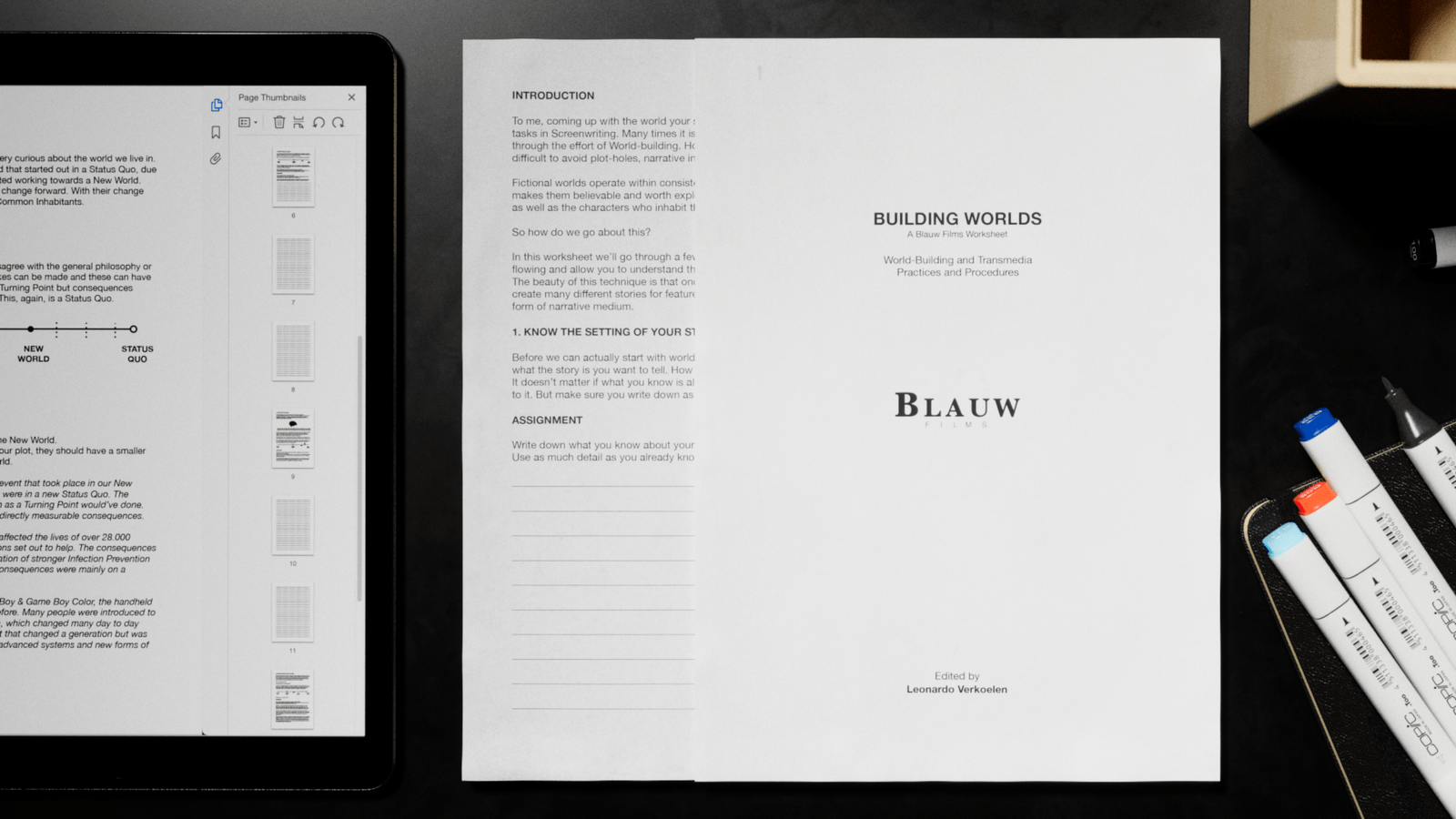What is a Giclée Fine Art Print?
All Art Printing Techniques Explained
Blauw Films
In short, Giclée fine art prints are high-quality, archival-grade reproductions created using pigment-based inks and acid-free paper, offering superior detail and longevity compared to standard digital prints and posters.
But there are many ways to print art on paper. By taking a closer look at printing techniques, you will know the differences between them and make the best decisions for your art or collection.
Fine Art Prints
Fine art prints, often referred to as giclee prints, are crafted using specialized techniques that prioritize quality, longevity, and fidelity to the original artwork. The term "giclée" (pronounced zhee-clay) originates from the French word meaning "to spray," highlighting the method by which these prints are created—using high-resolution inkjet printers. These printers use archival pigment-based inks that ensure vibrant colors and exceptional detail, suitable for capturing the nuances of paintings, photographs, and digital artworks alike.
Giclée fine art prints stand out for their exceptional quality, fidelity to the original artwork, and longevity. Artists and collectors alike value Giclée prints for their ability to reproduce artwork with stunning detail and color accuracy. The use of archival materials ensures that these prints can last for generations without fading or yellowing, making them a preferred choice for art connoisseurs who seek both aesthetic appeal and investment value.
Key Characteristics of Fine Art Prints:
- Quality: Printed on archival or museum-quality paper, ensuring durability and longevity without fading.
- Resolution: High-resolution printing preserves intricate details and textures of the original artwork.
- Materials: Typically printed on acid-free paper or canvas to prevent yellowing or deterioration over time.
- Authenticity: Often limited in edition and signed by the artist, enhancing their collectibility and value.

Digital Prints
Digital, or commercial, prints encompass a broader category that includes everything from everyday photo prints to mass-produced posters. These prints are produced using digital printing technologies, which are versatile and cost-effective for a variety of applications. They are often printed on standard photo paper or other materials, making them more accessible but generally lacking the archival quality and uniqueness of fine art prints.
Key Characteristics of Digital Prints:
- Versatility: Suitable for a wide range of applications from personal snapshots to promotional posters.
- Cost-Effective: Mass production capabilities make digital prints more affordable and widely accessible.
- Materials: Printed on a variety of paper types, depending on the intended use and desired finish.
- Durability: Typically less durable than fine art prints, with colors that may fade over time if not properly cared for.

Posters
Posters, the most common form of print reproduction, are designed primarily for mass distribution and display. They are often printed using offset or digital printing methods on standard paper, offering a cost-effective way to reproduce artwork, photographs, or promotional graphics. Posters serve a utilitarian purpose, providing decorative or informational value without the archival quality or collectible nature of fine art prints.
Key Characteristics of Posters:
- Mass Production: Produced in large quantities for wide distribution.
- Affordability: Economical to produce, making them accessible for personal use or advertising purposes.
- Paper Quality: Printed on standard paper stocks, which may not be archival and can degrade over time.
- Purpose: Typically used for decoration, advertising, or conveying information in public spaces.

Traditional Printmaking Techniques
In addition to Giclée printing, artists have historically used various traditional printmaking techniques, each with its unique aesthetic and method. You will find that these techniques are still used to this day to create artworks on paper.
Etching
Etching is a printmaking process in which an image is carved onto a metal plate using acid. The plate is then inked and pressed onto paper to create a print. This method allows for fine detail and deep contrast, making it popular among classic and contemporary artists alike.
Lithography
Lithography is based on the repulsion of oil and water. Artists draw an image onto a limestone or metal plate using a greasy substance, and then ink adheres to the drawn areas. This technique produces smooth gradients and painterly effects, making it ideal for fine art reproductions.
Woodcut
Woodcut printing involves carving an image into a wooden block, applying ink, and then pressing it onto paper. This relief printing method results in bold, high-contrast prints with a distinctive handcrafted quality.
Linocut
Similar to woodcut but using linoleum instead of wood, linocut prints offer smoother lines and easier carving. This technique is favored for its expressive quality and affordability in printmaking.
Screen Printing (Serigraphy)
Screen printing involves pushing ink through a mesh stencil onto paper or fabric. This technique is widely used for making posters, fine art prints, and textiles, allowing for vibrant colors and unique layering effects.
Mezzotint
A labor-intensive technique that creates rich tonal variations by roughening a metal plate. The artist smooths areas to create highlights, producing incredibly detailed and soft tonal effects.
Aquatint
Similar to etching, but aquatint creates softer tonal effects by using powdered resin on a metal plate before it is acid-etched. This method allows for smooth gradients and shading.

Conclusion
By understanding the distinctions between fine art prints, traditional printmaking methods, digital prints, and posters, you can make informed decisions when choosing prints for your collection or artistic endeavors. Whether you prioritize quality, affordability, or archival longevity, each type of print offers distinct advantages suited to different artistic and practical needs.




























































































.jpg)





.jpg)

.jpg)





.png)



0 Comments